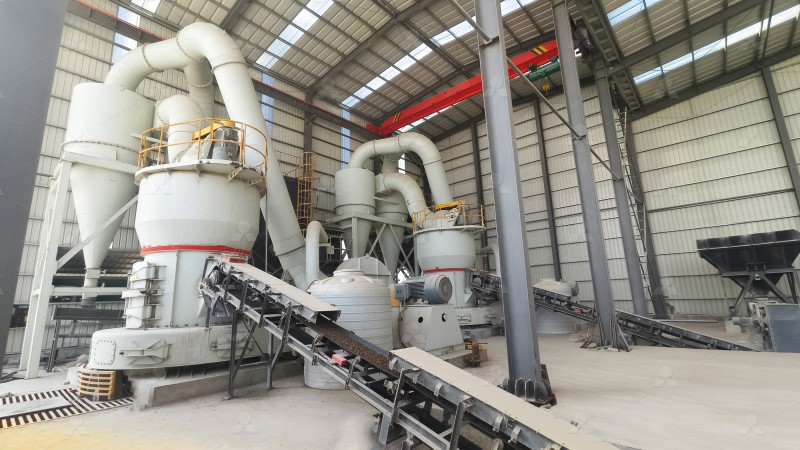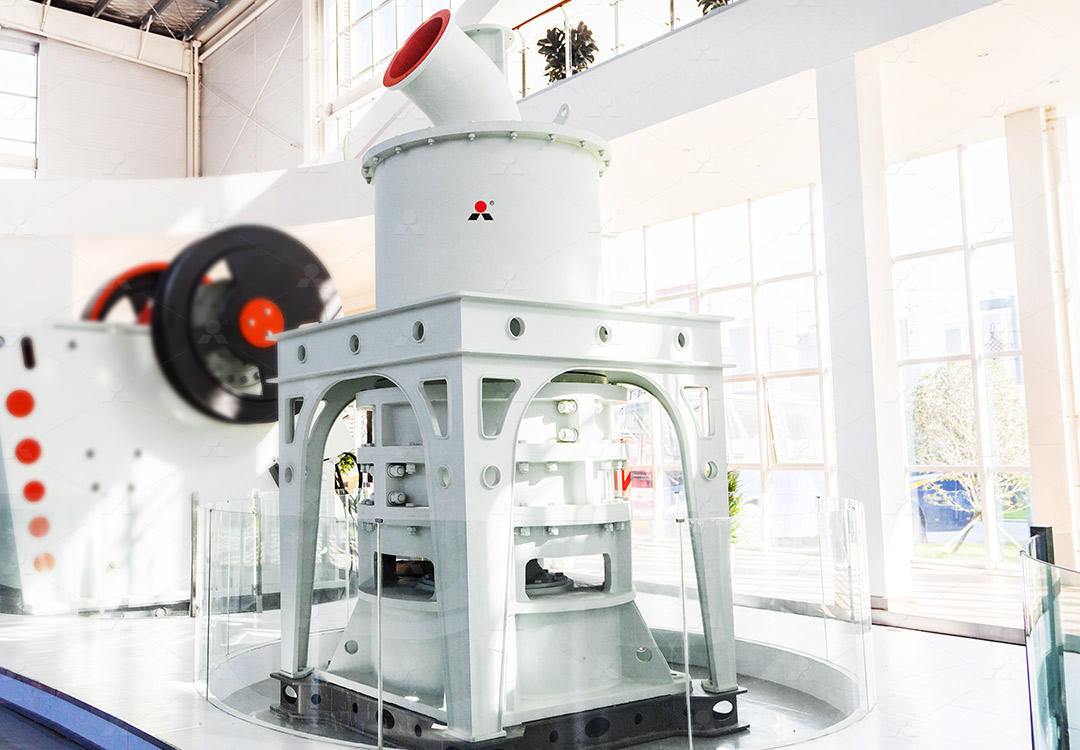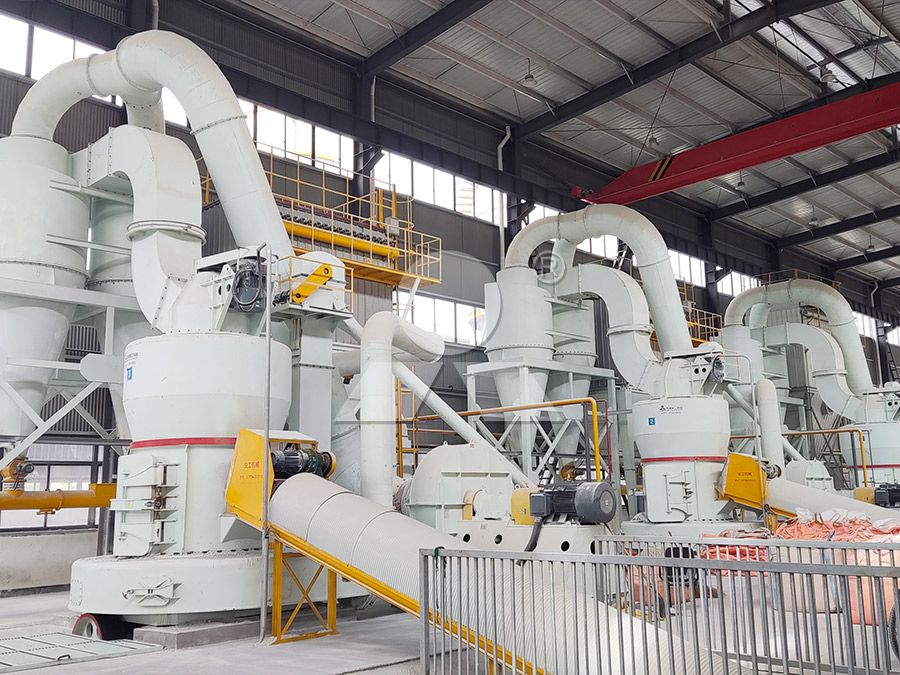50 Mesh Graphite Grinding Mill: Price and Technical Specifications
Understanding 50 Mesh Graphite Grinding Requirements
When processing graphite to 50 mesh specifications, selecting the right grinding equipment becomes critical for operational efficiency and product quality. Graphite’s unique properties—including its layered structure, lubricity, and electrical conductivity—demand specialized milling solutions that can achieve consistent particle distribution without compromising material characteristics.

The 50 mesh specification (approximately 300 microns) represents a medium-fine powder size that finds applications across multiple industries. From battery manufacturing and lubricants to refractory materials and conductive coatings, achieving precise 50 mesh consistency ensures optimal performance in final products. The challenge lies in selecting equipment that can handle graphite’s abrasive nature while maintaining tight particle distribution control.
Key Considerations for Graphite Grinding Mills
Several factors influence the selection of appropriate grinding equipment for graphite processing. Production capacity requirements, energy consumption efficiency, maintenance demands, and environmental compliance all play crucial roles in determining the optimal solution. Additionally, the need for contamination-free processing and temperature control during grinding must be addressed to preserve graphite’s essential properties.
Traditional ball mills often struggle with graphite’s specific characteristics, leading to inconsistent particle distribution and potential contamination. More advanced solutions have emerged that address these challenges through innovative design features and specialized grinding mechanisms.
Advanced Grinding Solutions for Graphite Processing
For operations requiring consistent 50 mesh graphite production, our MW Ultrafine Grinding Mill presents an exceptional solution. This advanced system handles input sizes up to 20 mm with throughput capacities ranging from 0.5 to 25 tons per hour, making it suitable for various production scales.

The MW series incorporates several technological innovations specifically beneficial for graphite processing. Its unique grinding chamber design eliminates rolling bearings and screws in the grinding zone, significantly reducing contamination risks—a critical consideration for high-purity graphite applications. The integrated pulse dust collector and muffler system ensures environmentally compliant operation while maintaining workplace safety standards.
Technical Advantages for Graphite Applications
What sets the MW Ultrafine Grinding Mill apart for graphite processing is its exceptional energy efficiency. The system consumes approximately 30% less energy compared to conventional jet mills while delivering 40% higher production capacity. For operations targeting 50 mesh specifications, the adjustable fineness control between 325-2500 meshes provides precise particle distribution management.
The cage-type powder selector, incorporating German technology, ensures accurate particle separation with screening rates achieving d97≤5μm in a single pass. This precision is particularly valuable for graphite applications where consistent particle size directly impacts product performance in applications like conductive additives or lubricant formulations.
Operational Efficiency and Cost Considerations
Beyond technical specifications, operational factors significantly impact the total cost of ownership for graphite grinding systems. The MW Ultrafine Grinding Mill’s external lubrication system enables maintenance without production shutdowns, while the absence of internal screws and complex bearing arrangements reduces failure points and extends service intervals.

For operations requiring even higher throughput or different material characteristics, our LUM Ultrafine Vertical Grinding Mill offers complementary capabilities. With input sizes up to 10 mm and capacities ranging from 5-18 tph, this system incorporates the latest grinding roller technology from Taiwan and German powder separation technology. Its reversible structure simplifies maintenance procedures, while the double position-limiting technology ensures operational stability during graphite processing.
Investment Analysis and Return Considerations
When evaluating graphite grinding equipment, considering the total investment rather than just the initial purchase price provides a more accurate assessment. Systems like the MW and LUM mills demonstrate their value through reduced energy consumption (30-50% lower than conventional systems), minimal maintenance requirements, and consistent product quality that reduces rejection rates and customer complaints.
The digital processing capabilities of these systems ensure machining precision, particularly for core components, while comprehensive spare parts support guarantees operational continuity. These factors combine to deliver superior return on investment through reduced operating costs and enhanced product quality.
Frequently Asked Questions
What is the typical production capacity for 50 mesh graphite processing?
Production capacity varies by equipment selection and graphite characteristics. Our MW Ultrafine Grinding Mill processes 0.5-25 tph depending on specific configuration and material properties, while the LUM Vertical Grinding Mill handles 5-18 tph. Actual throughput should be verified through material testing.
How does graphite’s abrasiveness affect equipment longevity?
Graphite’s moderate abrasiveness necessitates proper material selection for wear components. Our grinding systems address this through specialized alloy formulations for grinding rollers and rings, typically delivering 1.7-2.5 times longer service life compared to standard manganese steel components.
What environmental considerations apply to graphite grinding?
Modern grinding systems incorporate comprehensive environmental controls. The MW series includes efficient pulse dust collectors that eliminate dust pollution during operation, while silencers and noise elimination rooms reduce acoustic impact. All systems comply with national environmental protection standards.
Can the same equipment process different graphite grades?
Yes, both MW and LUM grinding mills accommodate various graphite types through adjustable operational parameters. The PLC control systems enable precise adjustment of grinding pressure, rotational speed, and separator configuration to optimize performance for different material characteristics.
What maintenance intervals are typical for graphite grinding equipment?
Maintenance requirements depend on operational hours and material characteristics. The MW series’ external lubrication system allows continuous operation with routine maintenance performed without shutdowns. Major component inspection typically occurs at 2,000-3,000 operating hours, though specific intervals should be determined based on actual operating conditions.
